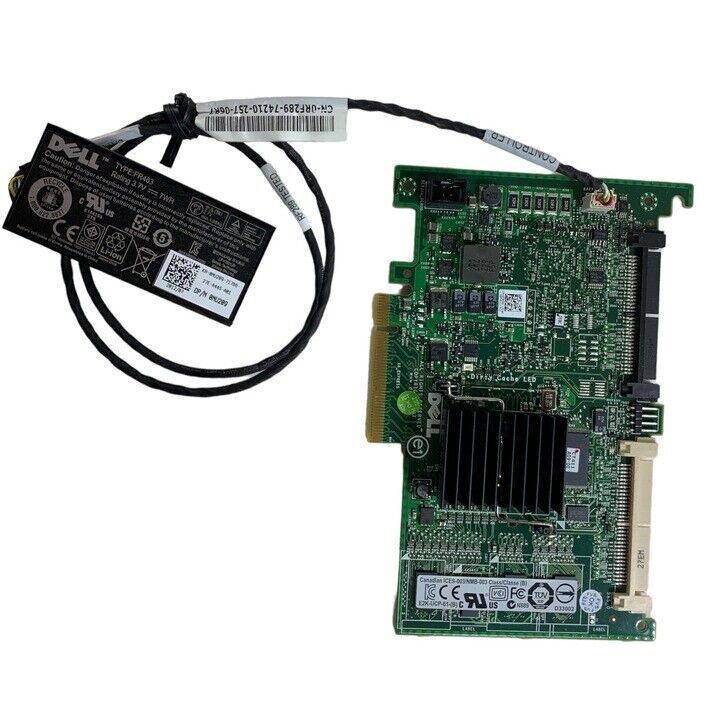The Dell PowerEdge R710 RAID Controller: A Comprehensive Guide
Are you looking to enhance the storage capabilities of your Dell PowerEdge R710 server? Investing in a RAID controller is a smart decision that can provide you with additional data protection and performance improvements. In this guide, we will delve into the details of the Dell PowerEdge R710 RAID controller, discussing its features, benefits, and how you can leverage it to optimize your server’s storage setup.
Understanding RAID Controllers
RAID, short for Redundant Array of Independent Disks, is a technology that allows multiple hard drives to be combined into a single logical unit for data storage and redundancy. A RAID controller is a hardware component that manages the RAID array, facilitating data storage, retrieval, and protection. The Dell PowerEdge R710 offers various RAID controller options, including the PERC H700 and PERC 6/i, each with its own set of features and functionalities.
Benefits of a RAID Controller
- Data Protection: RAID controllers provide data redundancy, ensuring that your data remains safe and accessible even in the event of a hard drive failure.
- Improved Performance: By distributing data across multiple drives, RAID controllers can enhance read/write speeds and overall system performance.
- Scalability: RAID configurations allow you to easily expand your storage capacity by adding more drives to the array.
- Efficient Data Management: RAID controllers offer advanced data management capabilities, such as hot-swapping drives and automatic data recovery.
Choosing the Right RAID Controller for Your Dell PowerEdge R710
When selecting a RAID controller for your Dell PowerEdge R710, consider factors such as the number of hard drives you plan to use, the desired level of data protection, and the need for performance optimization. The PERC H700 and PERC 6/i are popular choices for the R710, with the H700 offering more advanced features and support for larger RAID arrays.
Installation and Configuration
Installing and configuring a RAID controller on your Dell PowerEdge R710 is a straightforward process. Simply insert the controller into an available PCIe slot on the motherboard, connect the drives to the controller, and configure the RAID settings using the BIOS or management software. Be sure to follow the manufacturer’s instructions carefully to ensure a successful setup.
Optimizing RAID Performance
To get the most out of your RAID controller, consider implementing best practices such as regularly monitoring drive health, performing routine backups, and optimizing RAID settings for your specific workload. By staying proactive and attentive to your server’s storage configuration, you can maximize performance and ensure data integrity.
Conclusion
The Dell PowerEdge R710 RAID controller is a valuable tool for enhancing the storage capabilities of your server. With data protection, improved performance, and scalability features, a RAID controller can help you optimize your server’s storage setup and ensure reliable data storage. Whether you choose the PERC H700 or PERC 6/i, investing in a RAID controller for your PowerEdge R710 is a smart decision that can benefit your organization in the long run.
